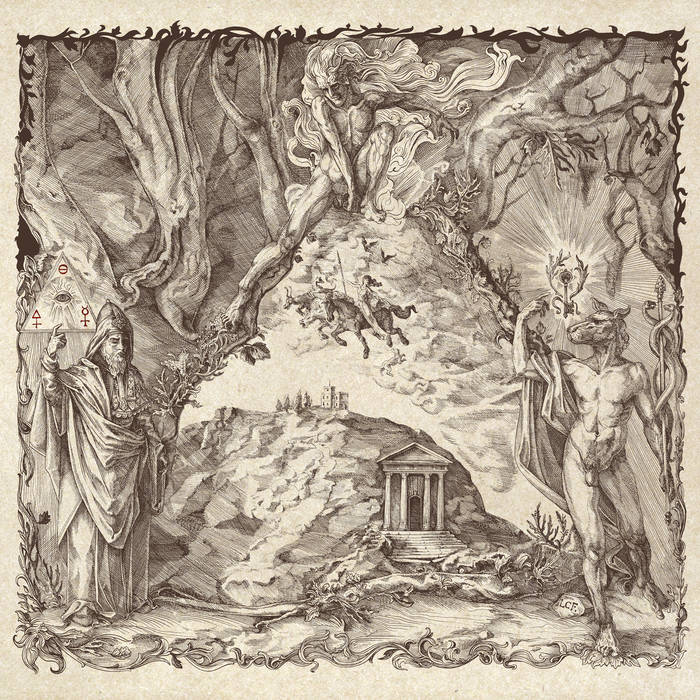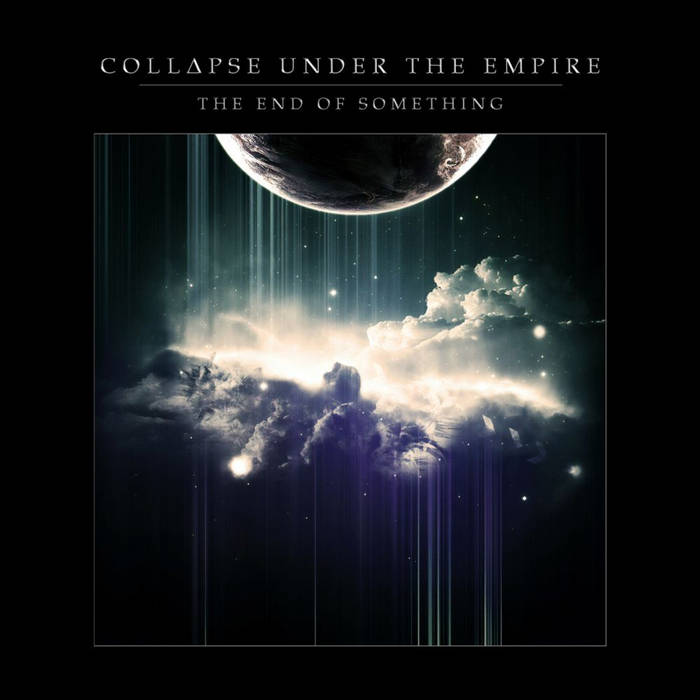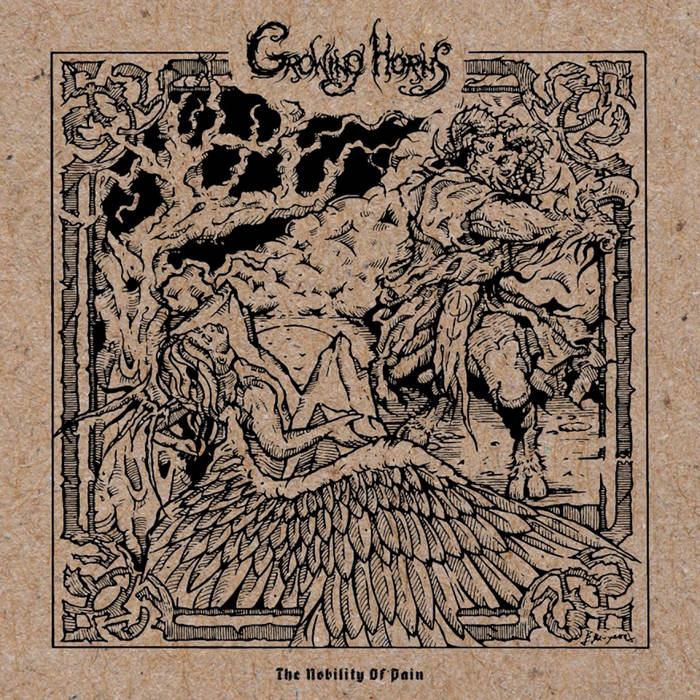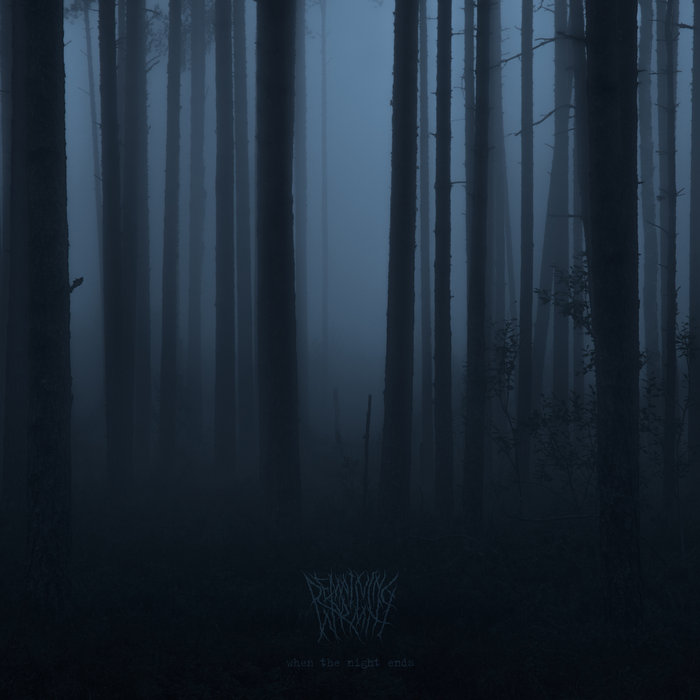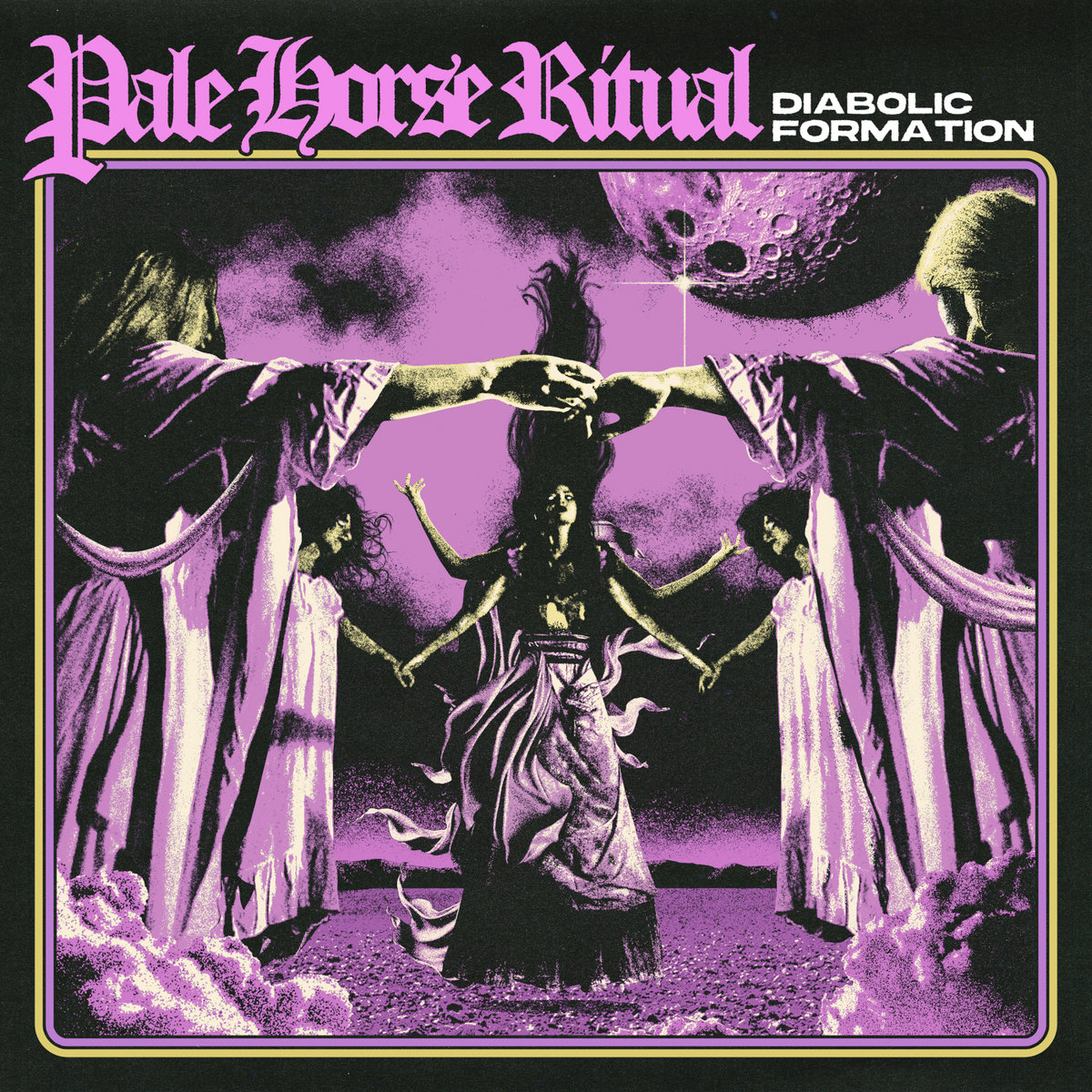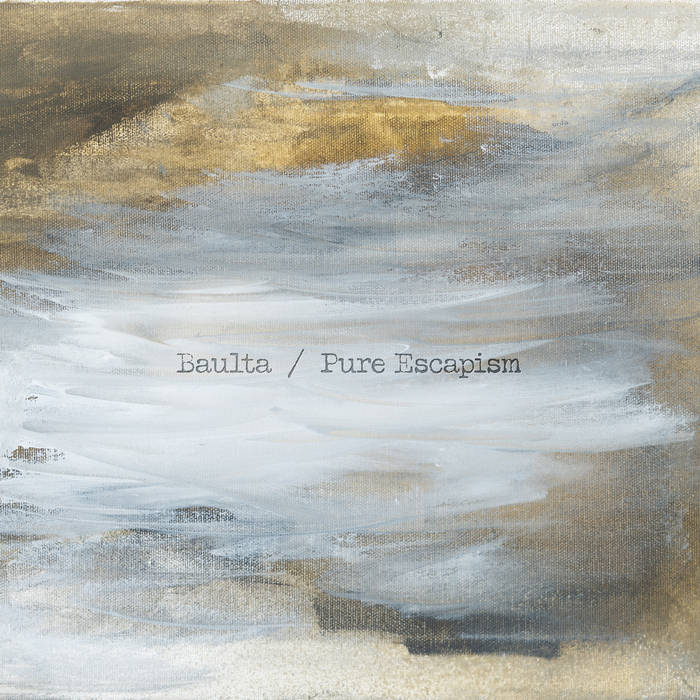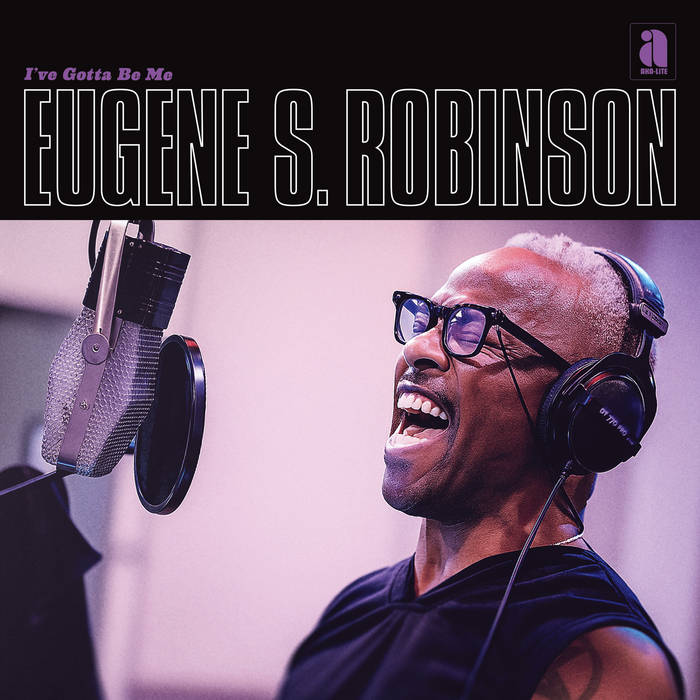Thuringia’s most interesting band is back with a set of songs that is riding the edge between the early modern times and the 21st century.
Mosaic – a word for a stone puzzle picture comprised of hundreds of colored stones that only makes sense when looking at the whole picture. Band names should not be overestimated but with Mosaic from Eastern Germany the name is really a namesake. This album is as much medieval market square as it is modern black metal auditorium, as much ritualistic wooden-ness as it is metallic clang in the modern world. There are lyrics that are as simplistic as “Come on!” but there are also lines where famous poets are quoted and their words interwoven with those of mastermind Martin van Valkenstijn.
Martin is not only the composer and singer for Mosaic, he’s also a multi-talented guy who plays the majority of the instruments on the record himself – some clearly old-fashioned and medieval like the Nordic lur, others as normal as for example the bass guitar. He also recorded the field recordings for the record which is to be released soon via Eisenwald and which shows a very cleverly arranged mix of black metal and medieval scants.
However, van Valkenstijn doesn’t like being alone in the recording studio so he invited numerous guests including his wife or genre reps like Werian-drummer D.E. or Empyrium’s Schwadorf. Those artists comply with his line of thought and his wish to deliver another blackened medieval folklore record that hardly faces competition this year because of its brilliant songwriting, for example in “Ambrosia XIX” when simple bagpipe sounds are interwoven with deep chords and enchanted vocals just before the modern clever singular drum kicks set in and the track flows into a totally different direction yet never forgetting where it started.
One might argue that for a band so obsessed with lyrics the vocals are too far in the back of the mix but at the same time it should be noted that they can be read off from the lyrics sheet so that you still get an impression of Martin’s love for literature which he also displayed on All Saints’ Day publishing a musical cover of Georg Trakl’s poem “Allerseelen”. But on the other hand one should note his musical vision: His music is part of a ritual, sung around a fire by the bard.
The idea of a mosaic is on full blast here as every bit of a song is as well-structured as the others. Martin van Valkenstijn is really able to set another stone into his very personal mosaic giving us a brilliant collection of new songs.

